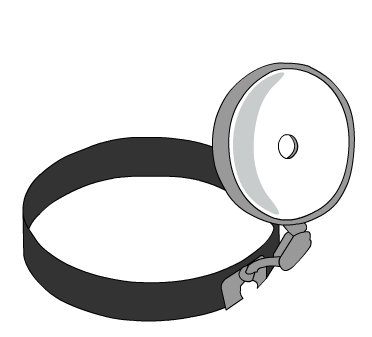1. Name of the location of 90% of epistaxis
2. A genetic disorder that forms AV malformations in the skin, lungs, brain etc
3. Name of posterior vascular plexus in the nasal cavity causing posterior epistaxis
4. 1st line treatment for all epistaxis
5. The common brand name for anterior nasal packing
6. Chemical used in cautery sticks
7. Physically scaring complication of posterior nasal packing with foleys catheter
Coming soon..
Epiglottitis and Laryngotracheobronchitis (Croup)
These are two important acute airway diseases of children that are often co-managed by ENT with Paediatricians and Anaesthetists.
Laryngotracheobronchitis
The commonest cause of stridor in children
Affects between 6 months and 2 years - may be recurrent
Viral cause
Mild systemic upset, mild fever
Associated with a barking cough
This video clip shows a patient with croup. Note the biphasic stridor (present during both phases of breathing) and the barking cough. https://www.youtube.com/watch?v=Z1_uKqmPyLA
Epiglottitis
This is an acute infective disease of quick onset
It strikes children between 2 and 7 years and can affect adults at any age. Historically children were more affected but Hib vaccination is reducing the frequency of disease in children.
Bacterial origin - H influenzae
Patient is toxic, flushed, and has a high fever
A sore throat is present
Children drool as swallowing is so painful
Patient prefers to sit upright
Treatment is by careful airway management and intravenous antibiotics e.g cephalosporin
Emergency management of stridor
The overriding principle is to manage the airway first so as to ensure adequate oxygenation and then to diagnose the cause of the problem second.
-
Quickly gather an experienced team: ENT and Anaesthetic
-
Try to keep everyone calm - anxiety will only add to the patient's distress
-
Intensive monitoring – get the patient to resus
-
High flow oxygen, preferably humidified, or Heliox
-
Adrenaline Nebulised (1ml of 1:1000 adrenaline made up to 5ml with normal saline) PRN
-
Secure good IV access if it is safe to do so (children may find this distressing)
-
High dose steroids. Nebulised budesonide for children or 8mg IV Dexamethasone for adults
-
Take a brief history if possible, probably from friends or relatives
-
Complete only a basic ENT examination, wait for senior review of the airway (keep patient in resus!). Do not examine a child's mouth by putting a tongue depressor into it!
-
Adult patients will undergo fibreoptic nasoendoscopy to visualise the airway and further management will depend on the underlying pathology
-
Children will not usually have this
-
In cases of deterioration intubation will be attempted and if this fails emergency airway access by cricothyrotomy or tracheostomy
For more information on airway management please consult the tutorial on this topic.

